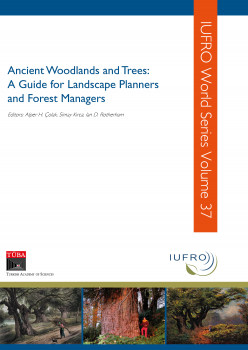Using pollen data and models to asses landscape structure and the role of grazers in pre-agricultural Denmark

Using pollen data and models to asses landscape structure and the role of grazers in pre-agricultural Denmark
Pollen records can provide information on past landscape structure, but the interpretation is not straightforward, as plants differ in their pollen production and -dispersal properties. Especially open areas are generally underrepresented in pollen diagrams. However, in recent years new models have been developed, which take these factors into account and allow us to correct for them, for example by simulating pollen sedimentation in hypothetical landscapes.
In this study, simulated landscapes were created based on landscapes without and with different levels of grazing impact. Pollen deposition in these landscapes was simulated using a model of pollen representation, dispersal and deposition, and the resulting pollen spectra were statistically compared to existing pollen records from Denmark from the Atlantic period (ca. 6800-3900 BC).
The analysis showed that many of the pollen diagrams from eastern Denmark were most similar to the scenarios based on a rather closed forest landscape with some wetland areas, whereas for many diagrams in western Denmark, the pollen diagrams are compatible with a landscape which was more open. This openness was possibly due to a larger impact from grazing animals, which had a higher diversity in western than in eastern Denmark, but other factors, especially soil types and the frequency of fire disturbance, may also have played a role, as these also differ between eastern and western Denmark. Certain aspects of the pollen signal, for example the large proportion of Hazel, were not well explained by any scenarios, and require further study.
